If you own tokens or NFTs, dozens of people in the community might have told you about staking. They are not wrong.
According to the State of Staking Q1 2021 report by Staked, more than $20 billion was paid out to investors in 2020 in staking rewards. The same report found that the average staking reward was 11.2% per year for investors. It lags far behind Dogecoin returns, but it’s a good source of passive income.
The up-and-coming crypto tokens can be purchased for cheap. If you buy the right token early, you could benefit from the massive upside potential. For instance, a $1,000 investment in Ethereum on August 11, 2015, would be worth a staggering $4.1 million today. Ethereum was worth just under $0.67 in August 2015.
Even if the price doesn’t rise so spectacularly, you could earn handsome rewards along the way by staking your tokens.
Remember that not all tokens are going to do well in terms of price. Many will bite the dust. So if you are going to bet on the up-and-coming projects, make sure they have the potential to build and nurture a community around them. It’s the community that would want to own these coins, increase their usefulness, and push the prices up.
Better yet, diversify your investments by holding a mix of proven and nascent tokens to minimize risk while still reaping the rewards.
What is staking?
Staking is the process where you lock your tokens in a wallet to perform various network functions such as transaction validation on a Proof of Stake (PoS) blockchain. Sometimes staking involves delegating or adding tokens to a staking pool.
On the PoS network, anyone with a minimum required balance of a token can validate transactions and earn staking rewards. The stake also incentivizes the maintenance of the network’s security through ownership.
Just like miners are rewarded on a Proof of Work (PoW) network for mining new blocks, stakers are rewarded on a Proof of Stake (PoS) blockchain with additional cryptocurrency for contributing to the network.
The staking rewards could range anywhere from 3% to 300% a year. You get to diversify your income stream and monetize the idle tokens.
Some crypto exchanges and wallets reduce the transaction fees based on how many coins you stake.
Here are some of the most promising up-and-coming crypto projects to stake and earn rewards:
1. Cardano (ADA)
Pioneered by a team of engineers and academicians, Cardano is more energy-efficient than Bitcoin. It is a decentralized protocol that aims to make financial services more accessible in developing countries. Cardano is often seen as a threat to Ethereum.
Cardano is an open-source and non-profit crypto network. The platform is managed by three separate bodies. It is based on the Outboros PoS technology to enable a more secure blockchain network. It allows developers to execute end-to-end tests without using code.
It is the first PoS blockchain platform to be founded on peer-reviewed research.
Cardano’s native token is ADA, which is traded on most leading exchanges. ADA owners can stake their coins to earn 5%-7% annual rewards. It has become one of the most staked coins in the industry.
2. Public Mint (MINT)
Public Mint is a payment system that is bridging the gap between traditional finance and decentralized finance. The native currency of the platform is the US dollar (USD).
Public Mint has a fixed low transaction fee of just $0.05 per transaction.
You can load money into the Public Mint wallet using your bank account, stablecoins, credit cards, and more. And then you can pay or send money to anyone with the security of blockchain.
Public Mint’s ‘Earn’ rewards program is set to go live in Q3, 2021. It will allow you to access the high earnings rates available on the DeFi market for your fiat or stablecoin deposits. You’ll still be able to move funds instantly like a checking account.
The Earn program allows regular users to stake USD and receive an equivalent balance of earnings-bearing stablecoin USD+. Users can redeem the USD+ for USD or USDC anytime.
The USD+ is an earnings-bearing token that will yield daily earnings proportional to the current APY, as long as your USD is locked into the liquidity system.
MINT is Public Mint’s governance and utility token, which gives holders additional rewards including a share of the program’s fees. MINT holders get to vote on portfolio allocation and other governance matters.
Public Mint has partnered with KIRA Network to enable its users to stake USD+ stablecoin and MINT tokens to enjoy the DeFi yield opportunities. Public Mint currently offers an APY of 118%.
3. Uniswap (UNI)
Uniswap is a rapidly growing crypto exchange protocol that facilitates automated transactions between tokens on the Ethereum blockchain.
Traders pay a 0.3% fee on trades, which is distributed among liquidity providers. It has emerged as the go-to exchange for trading ERC-20 tokens.
Uniswap’s governance token is UNI, which you can stake to earn rewards. UNI has relatively low staking rewards of 3.31%. It has a market cap of $20 billion and it trades at $38.
4. Hoard Exchange (HRD)
The team at Hoard Exchange is working on an NFT marketplace with loan functionality using NFT as collateral. It provides an infrastructure to integrate the in-game items into the Ethereum blockchain. The platform bridges the gap between gaming and NFTs.
Developers can use Hoard to mint NFTs for use in their games even if they have no knowledge of blockchain coding.
It also facilitates buying, selling, and borrowing of in-game assets between players. The assets could include virtual real estate, collectibles, digital art, etc.
Players with stablecoins can issue loans against the collateralized NFTs to earn some extra income.
Hoard supports staking on its HRD coin, which is available for staking on Uniswap. The marketplace itself is a liquidity provider on Uniswap.
Adding HRD/ETH to the trading pool will earn you UNIV2 tokens. You can swap HRD with any token available on Uniswap.
Here’s the cool part: You get double-yield from the same funds. Staking UNIV2 generates rewards on both the Uniswap and Hoard platforms.
Investors staking and transacting on the Hoard Exchange marketplace can reduce their platform fee because a portion of the fee is returned to investors in the form of staking rewards.
The HRD token holders also get voting powers and have a say in the governance of the platform as Hoard aims to become a DAO.
5. SuperFarm (SUPER)
SuperFarm is another NFT marketplace in the gaming category. It allows gamers to farm NFT tokens. The cross-chain DeFi protocol enables the launching of new NFTs without the need for programming.
Any project can use SuperFarm to deploy an NFT farm with customized rules and incentives. Unlike Hoard Exchange which is based on the Ethereum network, SuperFarm is built on the Polygon (formerly Matic Network) platform.
Once the full-release version is out in the next few months, it will offer video game integrations and NFT-based voting, rental, and loans. SuperFarm acts as a link between the gaming industry and the crypto ecosystem.
Users get access to limited edition items and unique gaming experiences. They can also rent, loan, or exchange their assets.
SuperFarm’s utility token is SUPER, which is used for fees, NFT drops, governance of the platform, and of course, staking.
You can stake SUPER to earn exclusive rewards on SuperFarm’s partner farms. Stakers will get rewards with platform fees.
6. Ethernity Chain (ERN)
Ethernity Chain is a new marketplace for “authenticated” NFTs. Since its launch earlier this year, it has successfully completed a public token sale on Polkastarter. It has also announced partnerships with Kenetic and Terra Virtua.
Ethernity Chain’s native token is ERN. The platform partners with creators to mint their unique and authenticated artworks as NFTs.
Ethernity Chain also launched a 30-day Liquidity Rewards program on March 15 to incentivize the ERN/ETH Uniswap LP. During the program, 50,000 ERN tokens were distributed to ERN/ETH liquidity providers on Uniswap V2.
Unfortunately, US citizens are not allowed to participate in Ethernity staking.
Ethernity Chain has a monthly payout plan for ERN token stakers, but the APY keeps fluctuating between 100% and 300%.
7. Polkadot (DOT)
Polkadot is a unique PoS protocol by Web3 Foundation. It provides a system where permissionless and public networks, consortium chains, and oracles can seamlessly interact with one another. They can transact and exchange information in a trustless way.
Polkadot is making it incredibly easy for developers to build their own decentralized apps, utilities, and projects; and connect with one another. Also, Polkadot doesn’t suffer from the scalability issues that haunt Ethereum.
Polkadot’s native token is DOT, which currently trades at $40. It has a market capitalization of $40 billion. The staking rewards for DOT range between 13%-15%.
8. Polygon (MATIC)
Matic Network is backed by Binance and Coinbase. It has recently rebranded as Polygon, but the trading ticker is still MATIC.
Matic Network is a scaling solution that uses an adapted version of Plasma framework with PoS side chains. It enables extremely fast and low-cost transactions. A single Matic side chain can theoretically achieve 216 transactions per block.
Polygon’s token MATIC runs on Ethereum. You can use it to pay for services on the Matic Network. It is also the settlement currency between users within the Matic ecosystem.
On Matic Network, you can stake your tokens via the Staking Dashboard. You have to delegate your tokens to a validator to begin earning a passive income.
The validator will take a small percentage of your staking rewards as commission. But as a delegator you will be able to track statistics, withdraw, or re-stake your rewards. Matic currently offers about 21% APY reward.
Conclusion
Staking PoS tokens is a smart way to earn passive income while holding your tokens and NFTs. Money flows into your account while you literally do nothing, except, of course, contributing to improving the network security.
The annual percentage yield (APY) on crypto tokens is far more lucrative than the interest rates on bonds. And then there’s the potential for price appreciation if you buy the right tokens early, which could dramatically boost your returns.
&
Image by& Tumisu& from& Pixabay

You can get bonuses upto $100 FREE BONUS when you:
💰 Install these recommended apps:
💲 SocialGood - 100% Crypto Back on Everyday Shopping
💲 xPortal - The DeFi For The Next Billion
💲 CryptoTab Browser - Lightweight, fast, and ready to mine!
💰 Register on these recommended exchanges:
🟡 Binance🟡 Bitfinex🟡 Bitmart🟡 Bittrex🟡 Bitget
🟡 CoinEx🟡 Crypto.com🟡 Gate.io🟡 Huobi🟡 Kucoin.







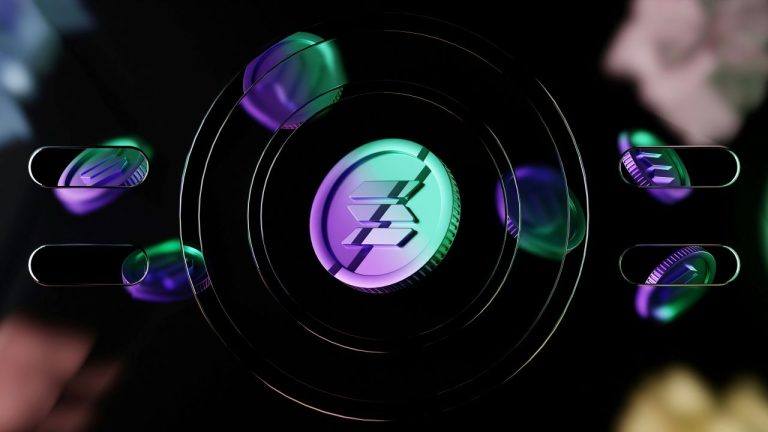



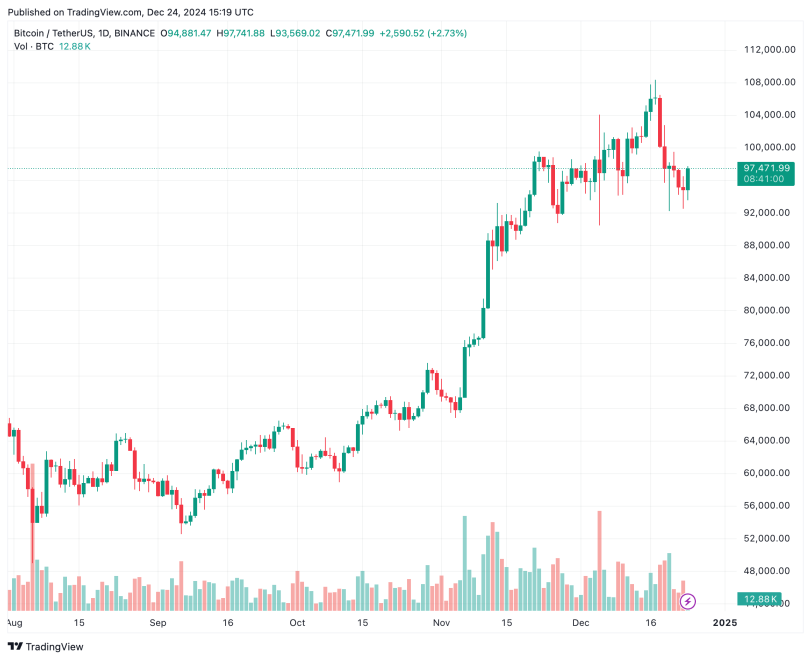
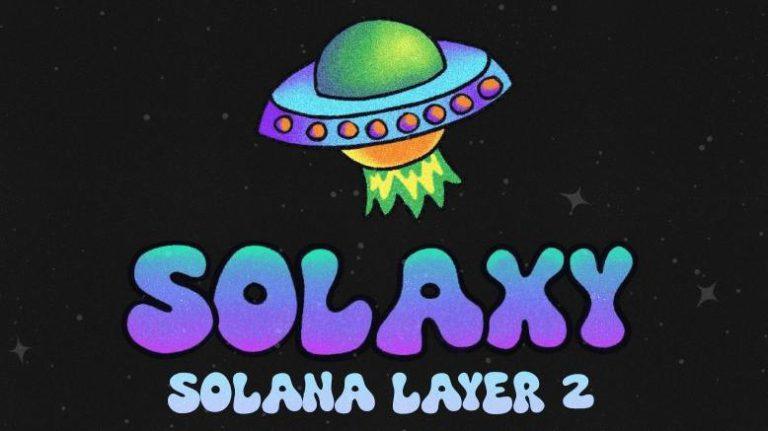
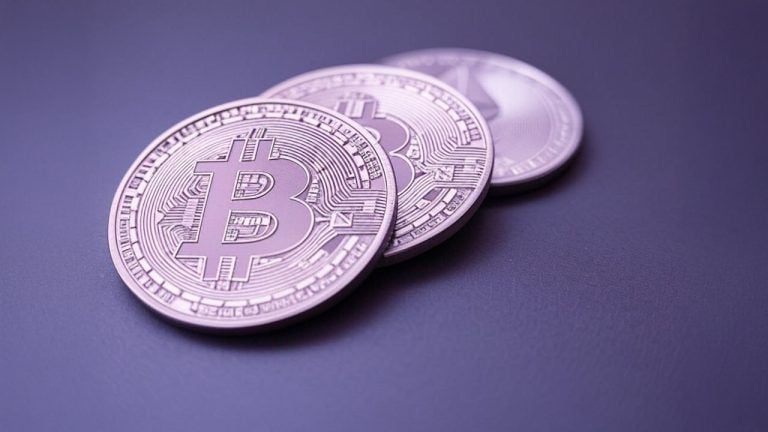


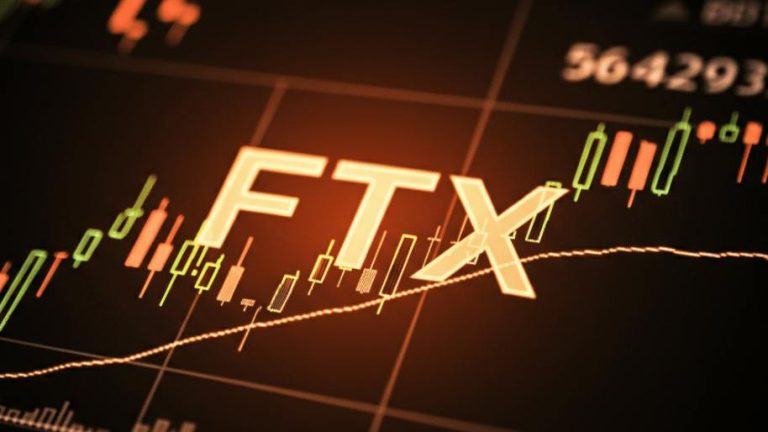



Comments